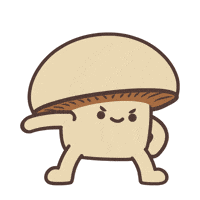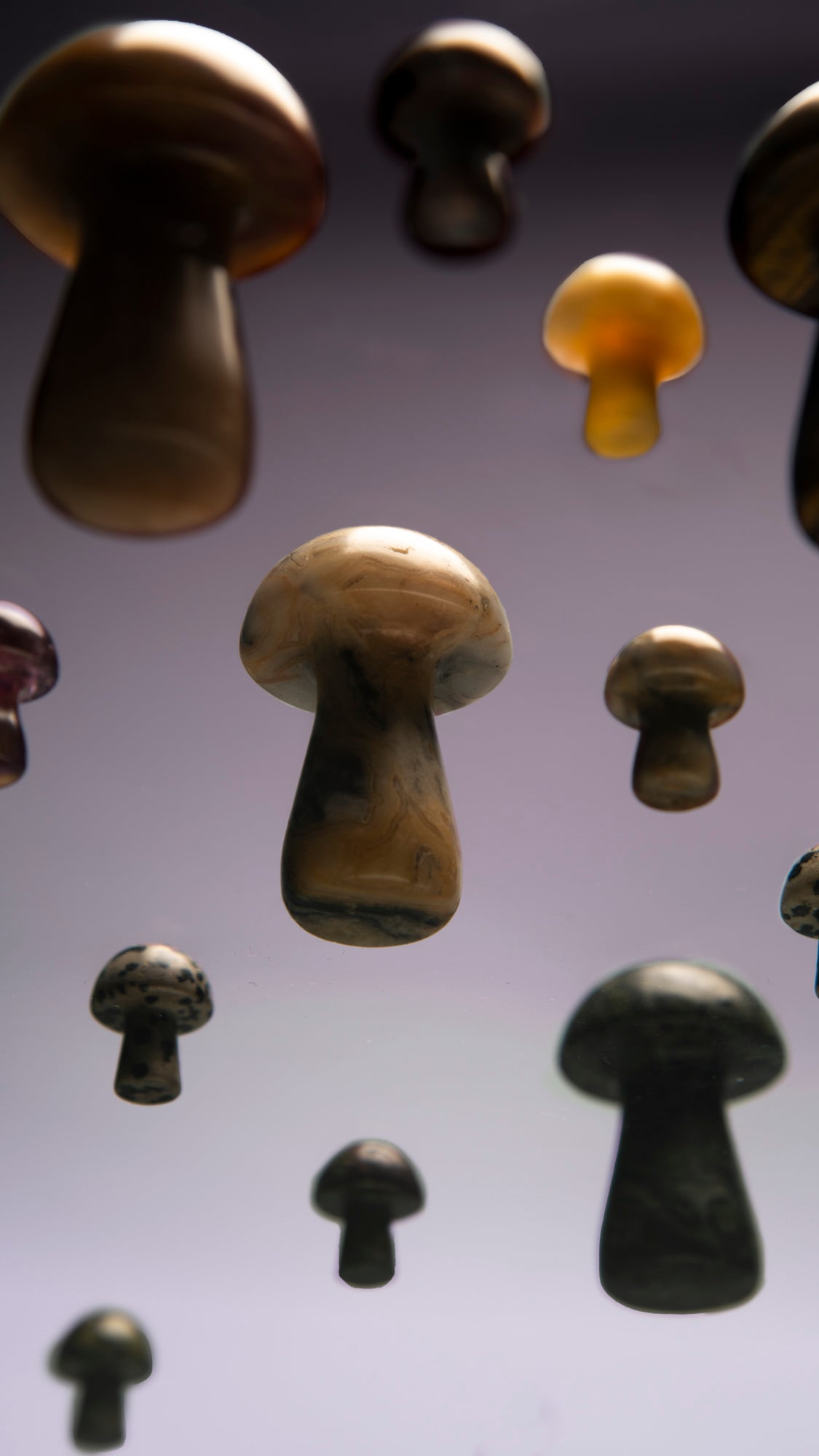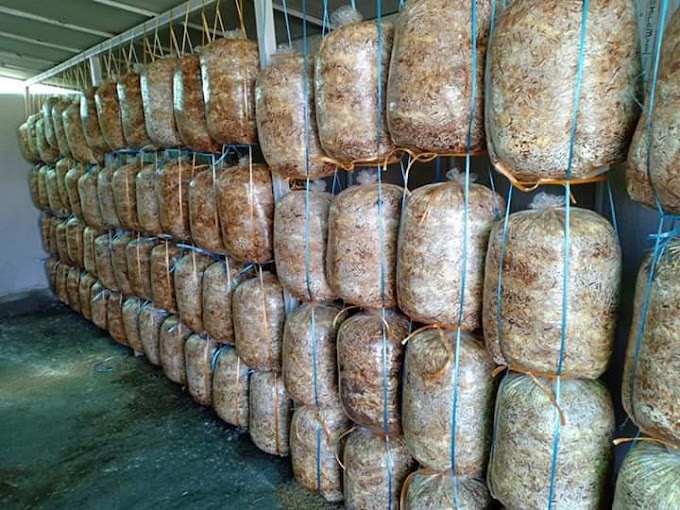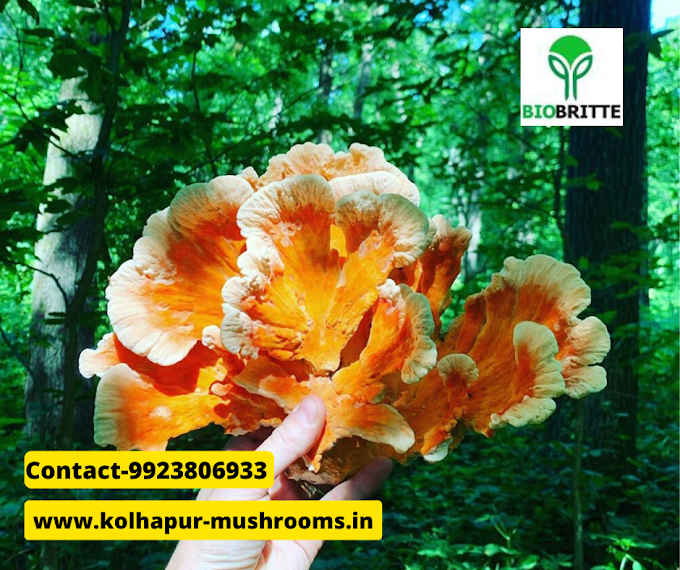Mushroom Perfumes and Fragrances: Harnessing Fungal Aromas
Mushroom perfumes and fragrances represent a fascinating intersection of nature, science, and art. While traditional perfumery often relies on botanical sources such as flowers, fruits, and woods, mushrooms offer a unique and relatively untapped palette of scents. Here's a glimpse into how mushroom aromas are harnessed for perfumery:
1. Exploring Mushroom Aromas: Mushrooms come in a wide variety of species, each with its own distinct aroma profile. Some mushrooms emit earthy, woody, or musky scents, while others have more delicate or pungent odors. Perfumers explore these aromas to identify notes that complement or enhance existing fragrance compositions.
2. Extraction Methods: Just like with botanical ingredients, there are various methods to extract fragrant compounds from mushrooms. These methods include steam distillation, solvent extraction, enfleurage (infusing in odorless fats), and more modern techniques like headspace analysis and gas chromatography-mass spectrometry (GC-MS). Each method offers unique advantages in capturing the subtle nuances of mushroom scents.
3. Key Mushroom Fragrance Compounds: Certain compounds found in mushrooms contribute to their characteristic aromas. For example, geosmin is responsible for the earthy smell often associated with mushrooms, while various volatile organic compounds (VOCs) contribute to their overall scent profile. Perfumers isolate and concentrate these compounds to create mushroom-inspired fragrances.
4. Blending with Traditional Notes: Mushroom fragrances can be used as standalone scents or blended with more conventional fragrance ingredients to create complex and intriguing compositions. They may pair well with woody, floral, or spicy notes, adding depth and character to the final fragrance.
5. Creative Applications: Mushroom perfumes are not limited to traditional alcohol-based formulations. They can also be incorporated into solid perfumes, candles, room sprays, and even skincare products, offering consumers a unique olfactory experience beyond traditional perfumery.
6. Sustainable Sourcing: As the demand for natural and sustainable ingredients grows, mushroom fragrances offer an eco-friendly alternative to some traditional perfume ingredients. Mushrooms can be cultivated in controlled environments using organic practices, reducing the environmental impact compared to certain botanicals that require extensive land use and water resources.
7. Consumer Appeal: Mushroom perfumes may appeal to consumers seeking unconventional scents or those with an appreciation for nature-inspired fragrances. Their earthy and grounding aromas can evoke feelings of connection to the natural world, providing a sensory experience that goes beyond typical floral or fruity perfumes.
In summary, mushroom perfumes and fragrances offer perfumers a unique and exciting avenue for creativity while also appealing to consumers looking for innovative scent experiences rooted in nature. As research and experimentation in this field continue, we can expect to see a growing variety of mushroom-inspired fragrances captivating scent enthusiasts around the world.





